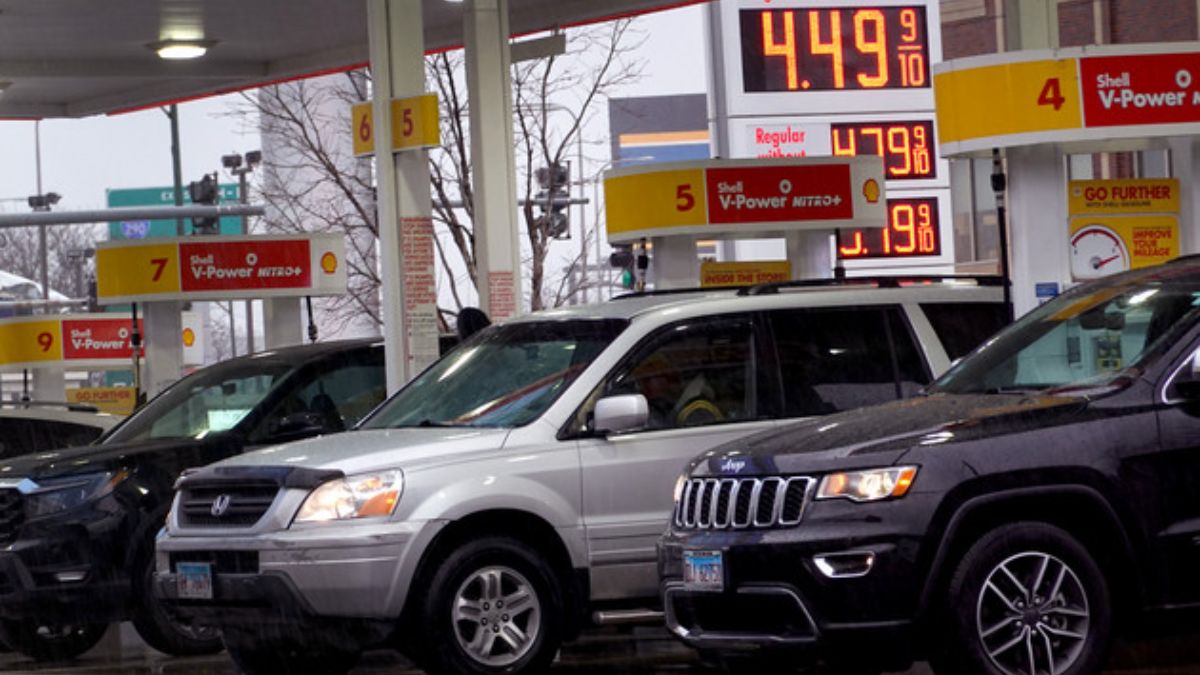President Joe Biden has been overseeing a robust and positive economy over the last year, characterized by strong growth, low unemployment rates, and declining inflation.
The latest consumer price index report reveals that the cost of living in March saw a more significant increase than anticipated. Prices surged by 3.5 percent compared to the previous year. This development suggests that President Biden will likely have to contend with high interest rates throughout the election year. Unfortunately, investor optimism for a Federal Reserve rate cut in June is rapidly diminishing.
Seema Shah, chief global strategist at Principal Asset Management, emphasized the significance of the third consecutive strong reading in inflation. According to Shah, this indicates that the previous notion of disinflation being a temporary occurrence can no longer be considered a blip. Furthermore, Shah suggests that even if inflation were to decrease to a more desirable level next month, the Federal Reserve may still exercise caution and consider a cut in July as unlikely.
As the economy continues to flourish and create more jobs, Fed Chair Jerome Powell can maintain higher borrowing costs without the fear of triggering an unwarranted recession. However, the current high rates pose a challenge for President Biden as he prepares for reelection. These rates put pressure on credit card borrowers and potential homebuyers, as well as exerting downward pressure on the stock market.
The persistence of inflation is mainly fueled by increasing housing costs and rising gas prices. Additionally, a surge in auto insurance prices has also played a role in the unexpectedly high March CPI report.
Federal officials are maintaining their forecast for rate cuts later this year while monitoring real-time data that indicates a continued decline in inflation. However, the speed at which this disinflation will become apparent remains uncertain.
According to Apartment List and other sources, there has been a noticeable decline in rents over the past year. However, shelter costs still play a significant role in driving inflation rates higher. This is because the official inflation data takes time to reflect changes in new lease agreements. Due to survey limitations, each unit is only assessed every six months, and individuals who are renewing their leases may not experience as significant of a shift in rental prices compared to those who are moving to a new place.
Fed officials have also expressed their desire to witness a decrease in services inflation. This is primarily due to the fact that wage growth has slowed down, resulting in less pressure on labor-intensive industries, such as restaurants, to continuously increase prices.
The narrative of achieving the Fed’s 2 percent inflation target has not been unfolding as expected, as progress towards this goal has noticeably slowed.
The target is still based on the personal consumption expenditures index, a separate measure of inflation, which recorded an annual rate of 2.5 percent in February. While the CPI focuses on out-of-pocket costs for consumers, the PCE provides a broader assessment of price pressures in the economy, such as the cost of medical services covered by employer-provided health insurance. An update on the PCE is expected later this month.

